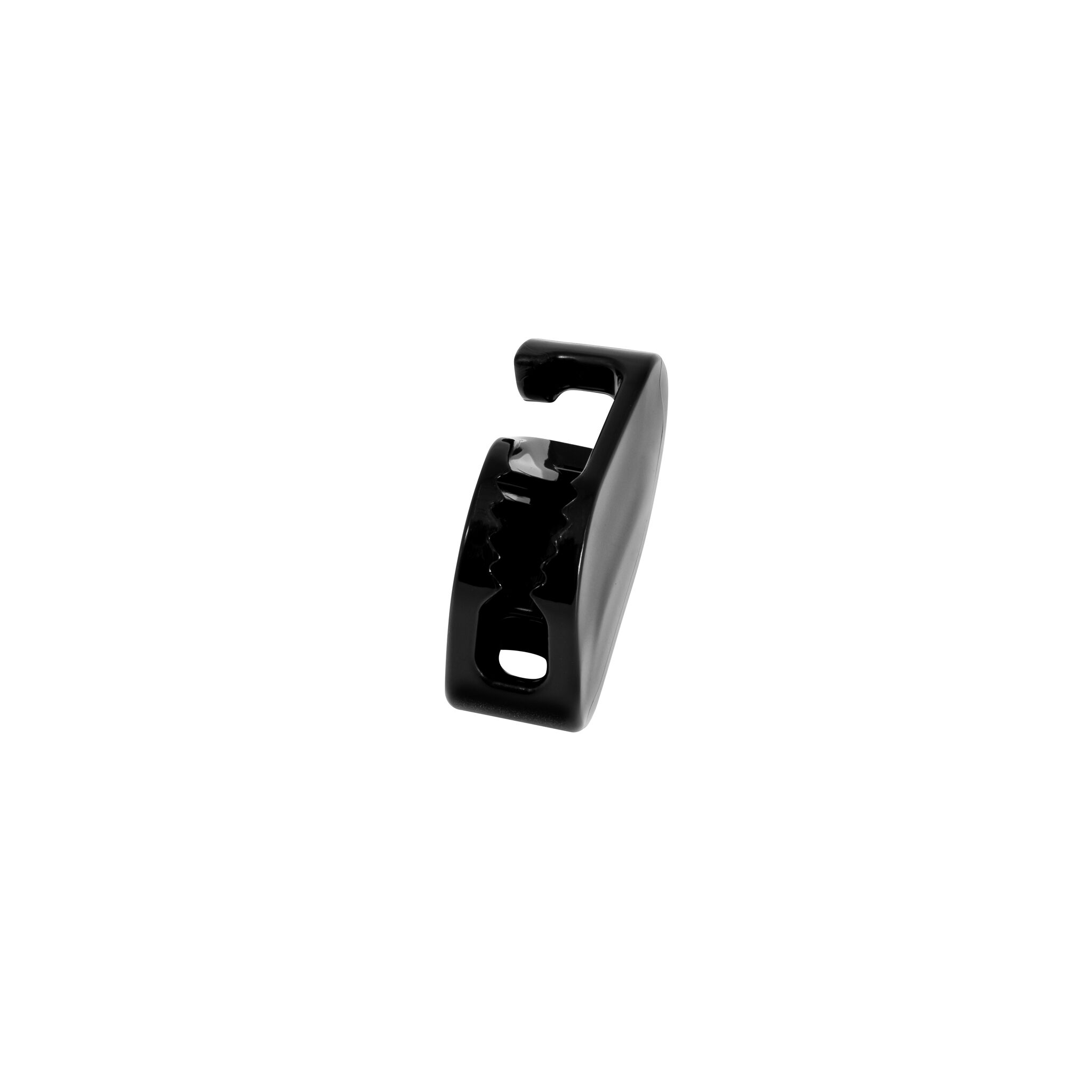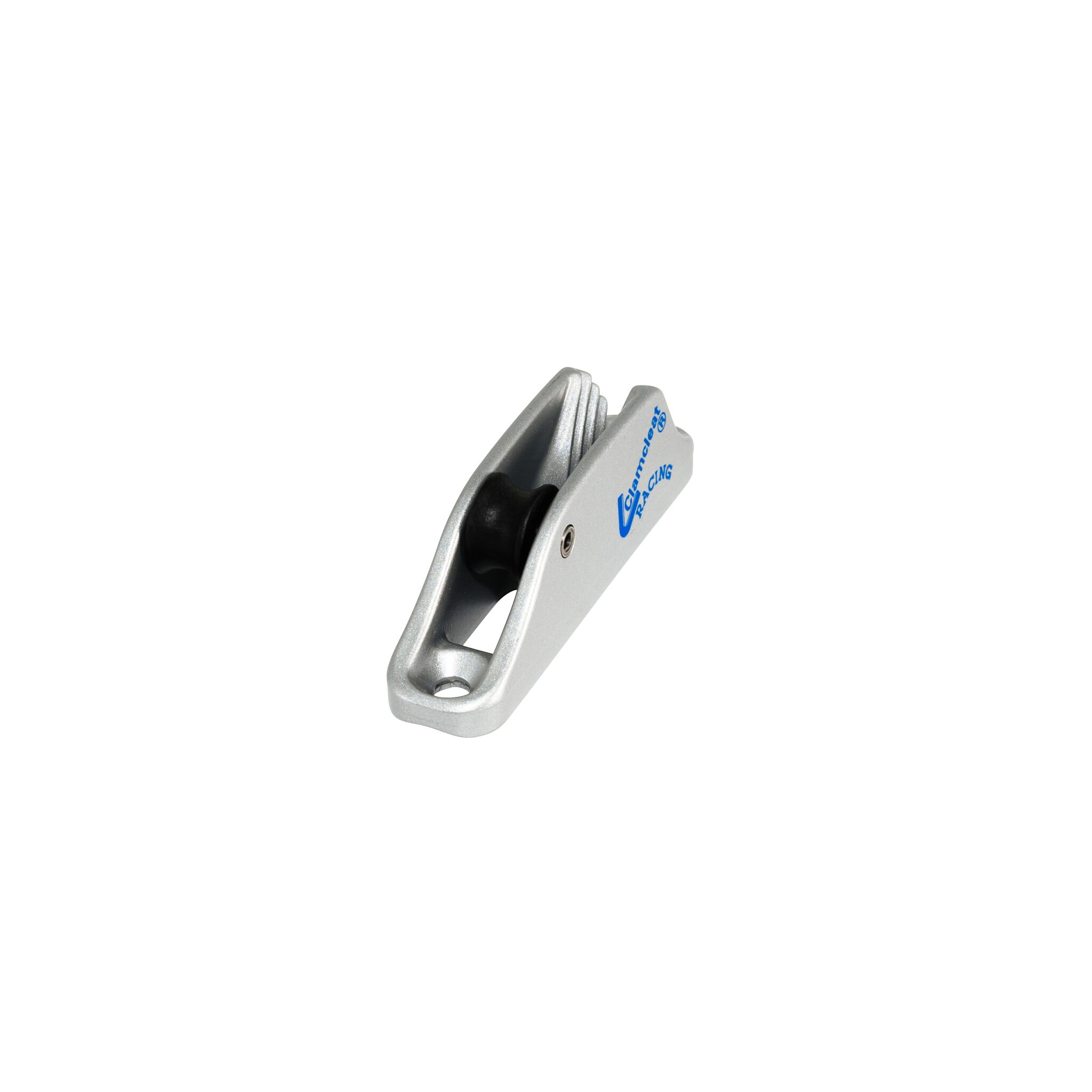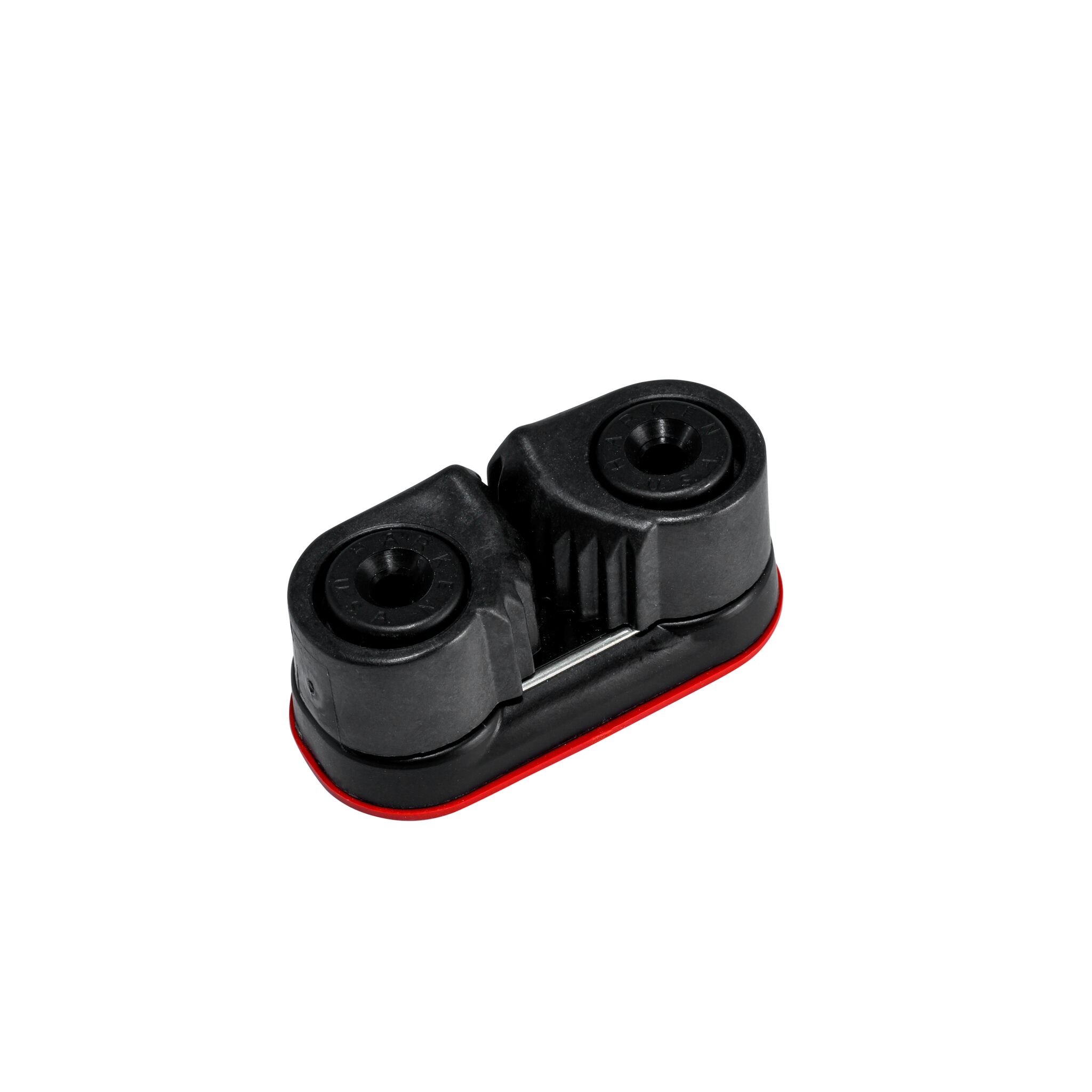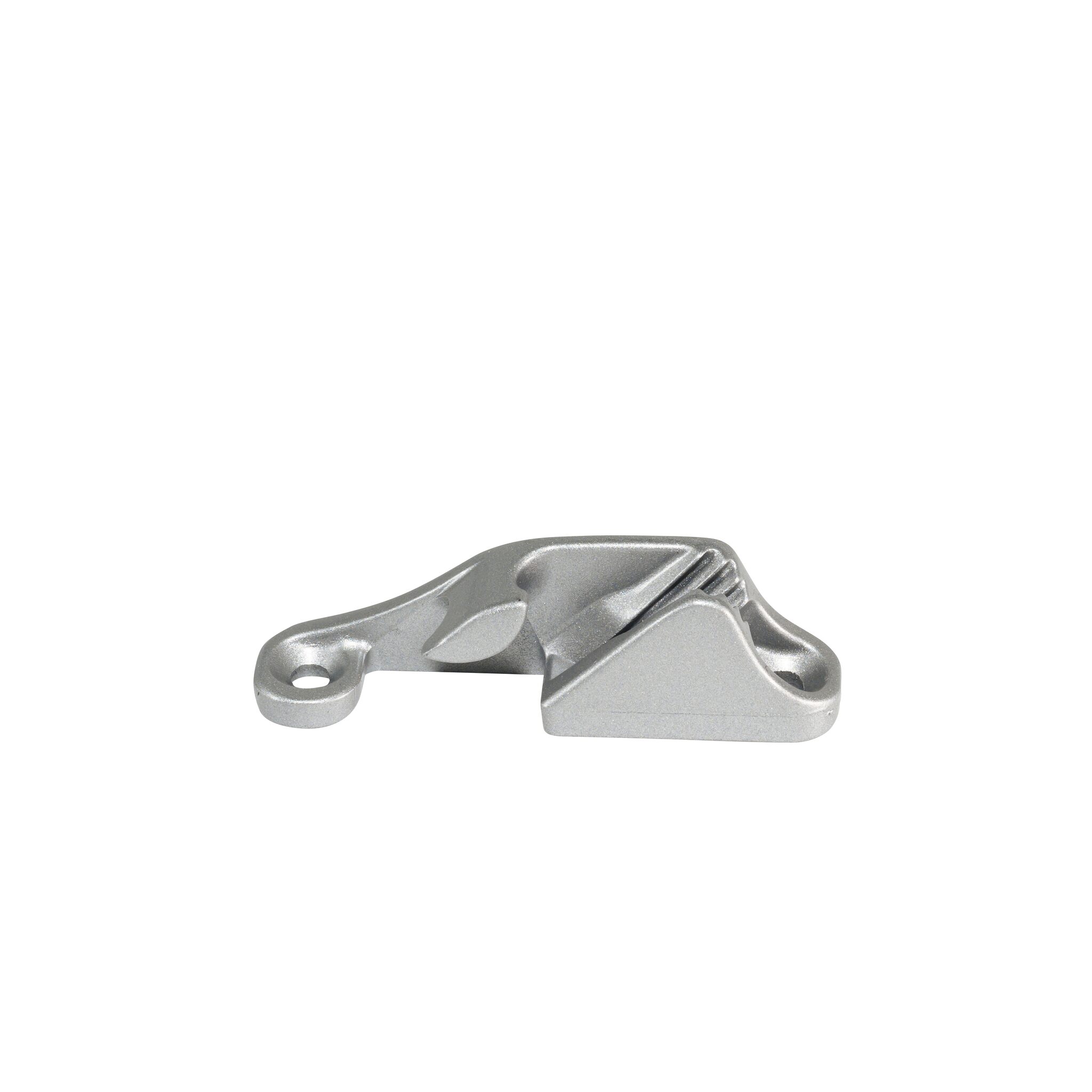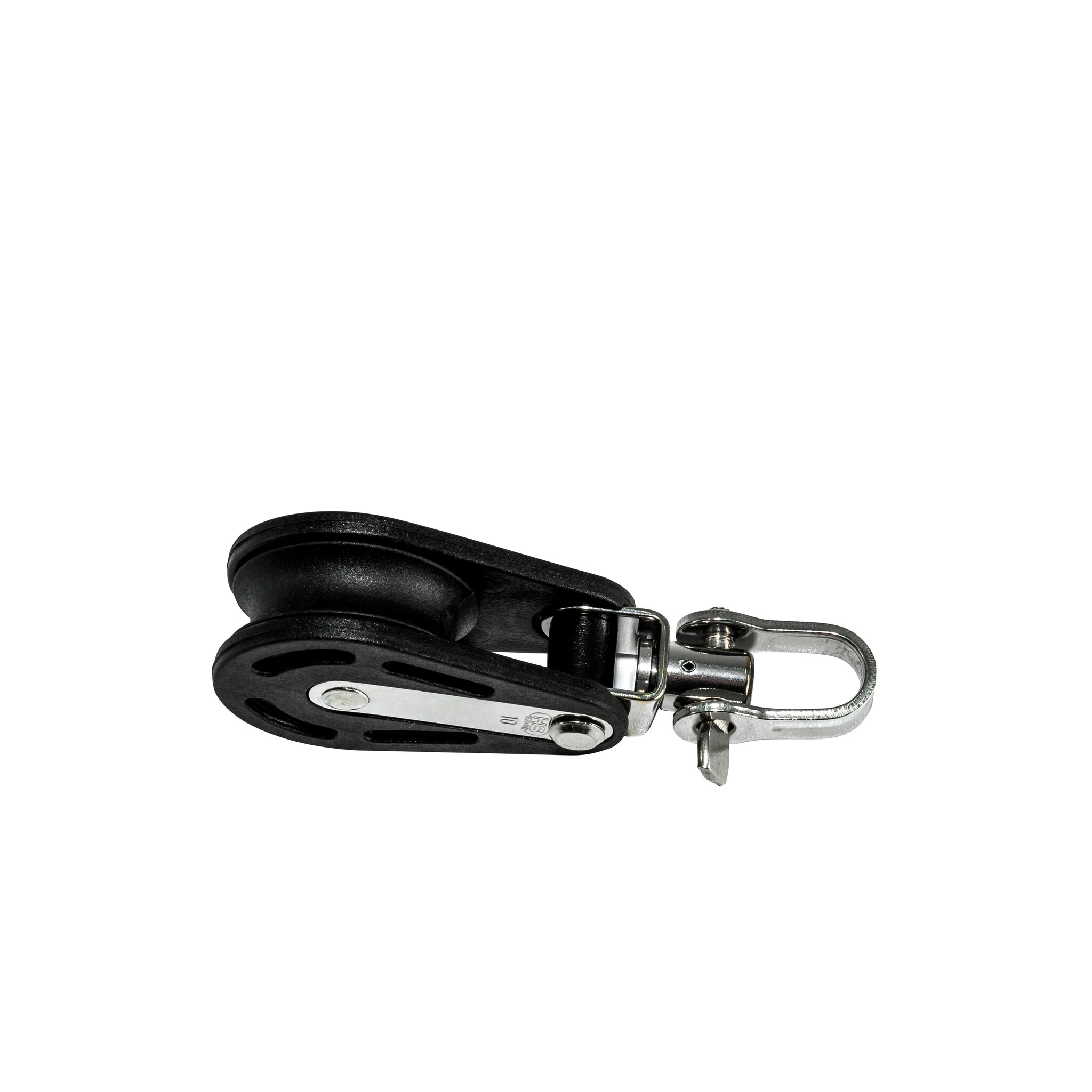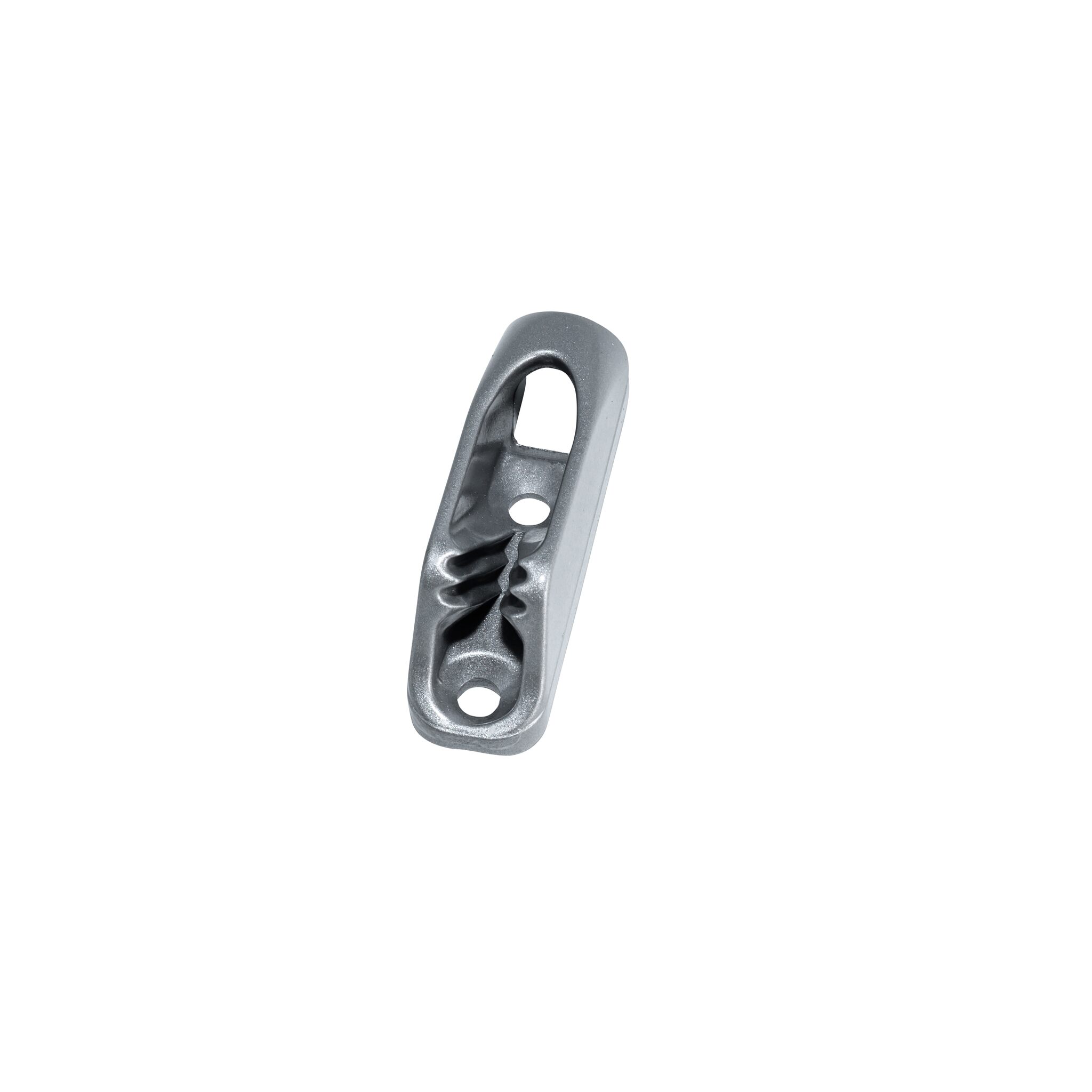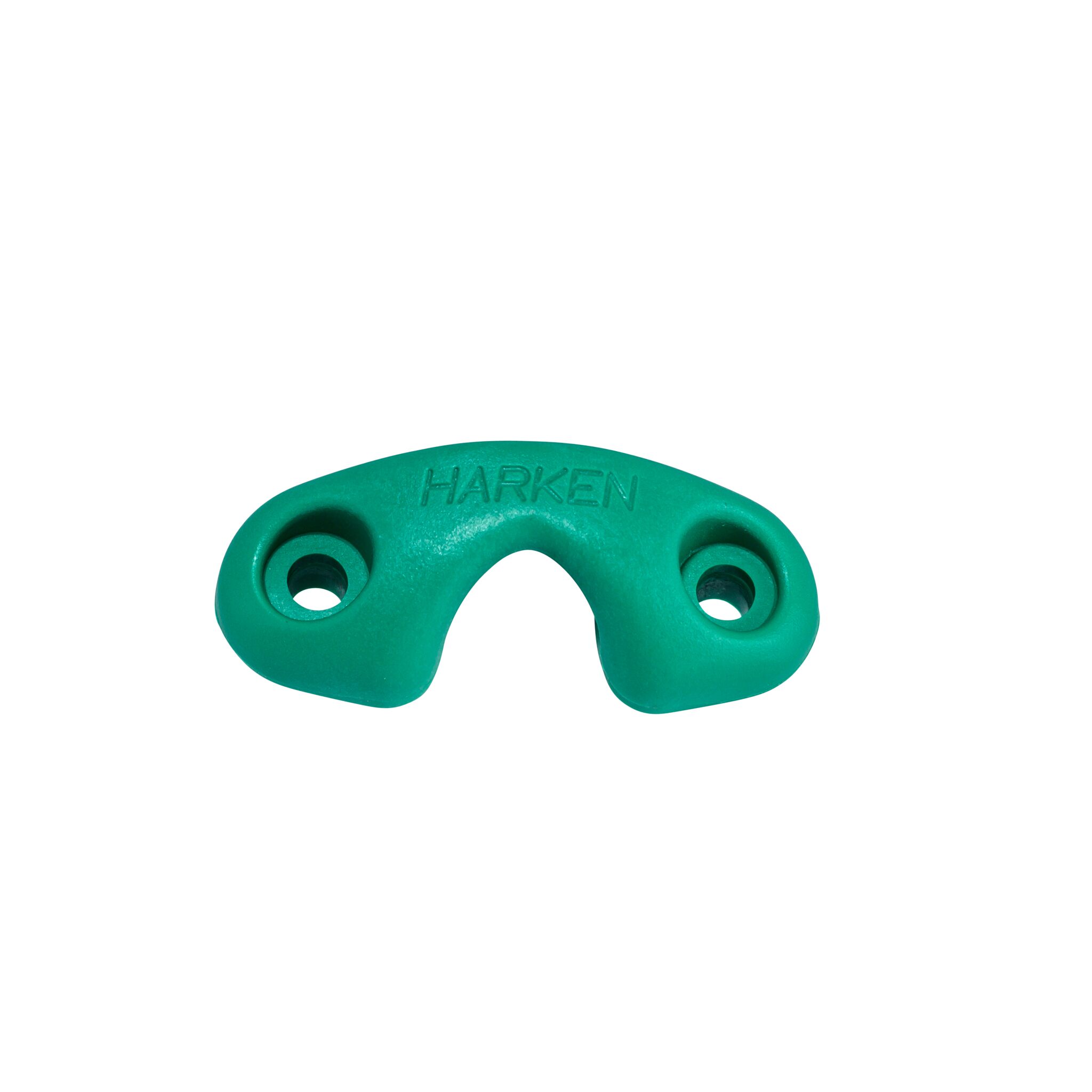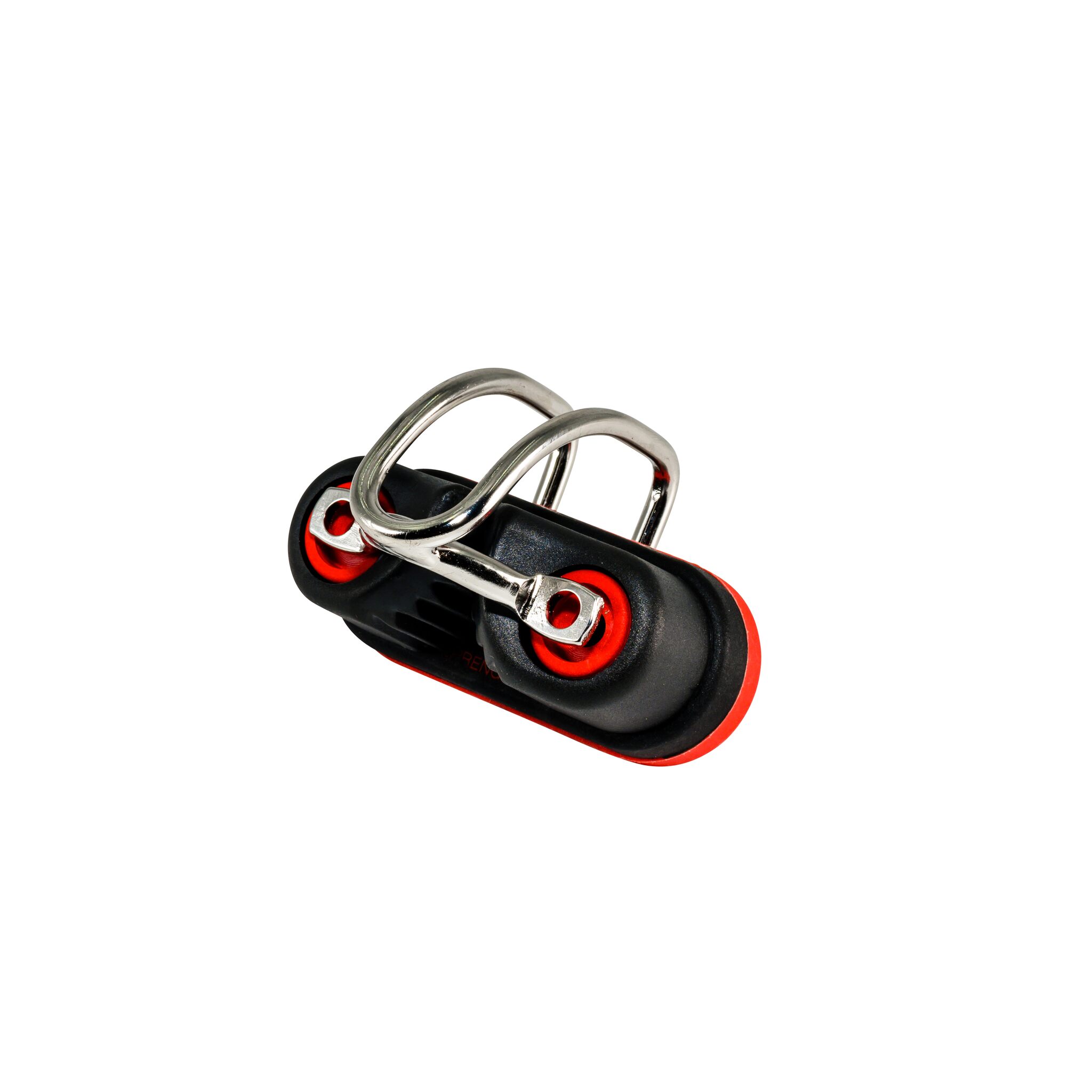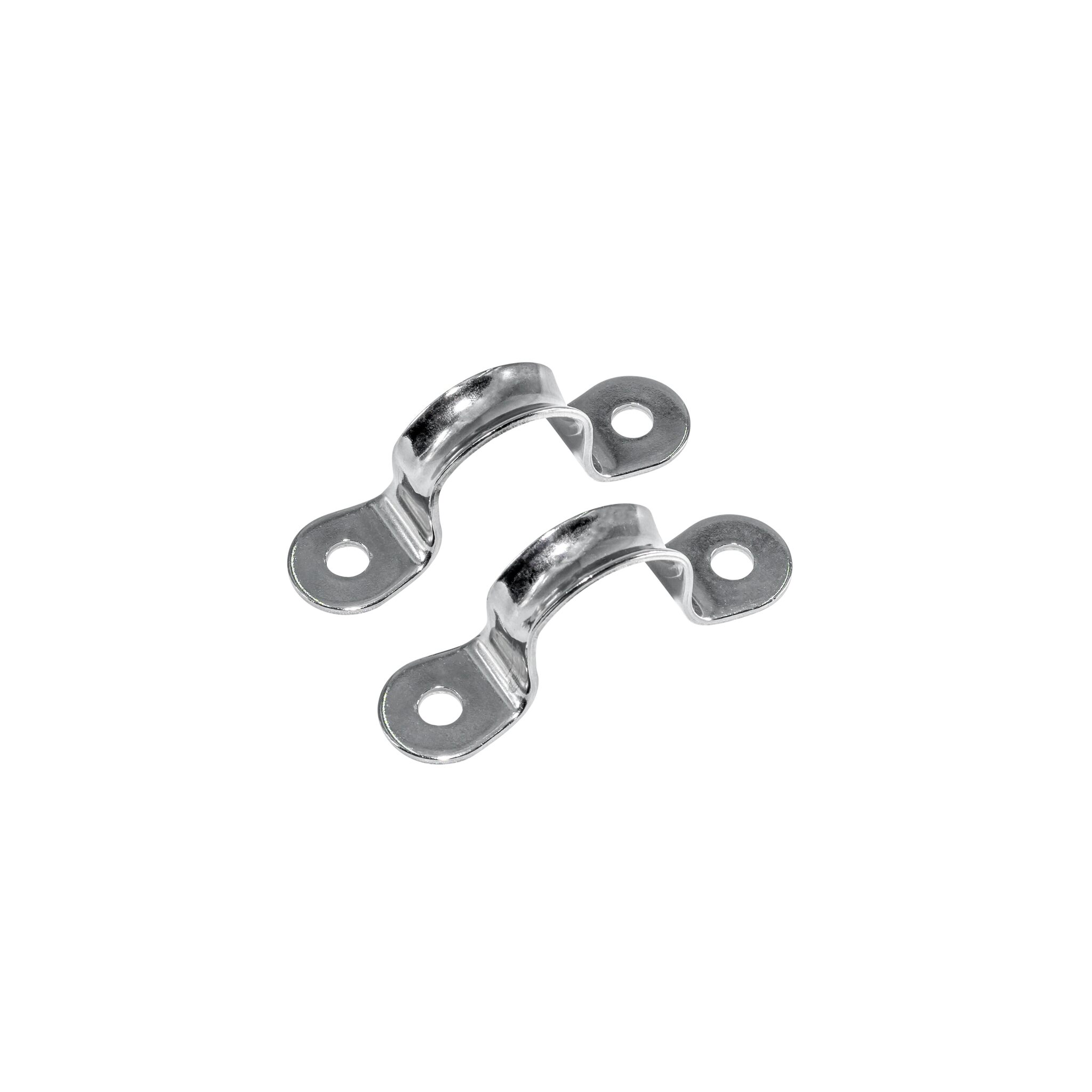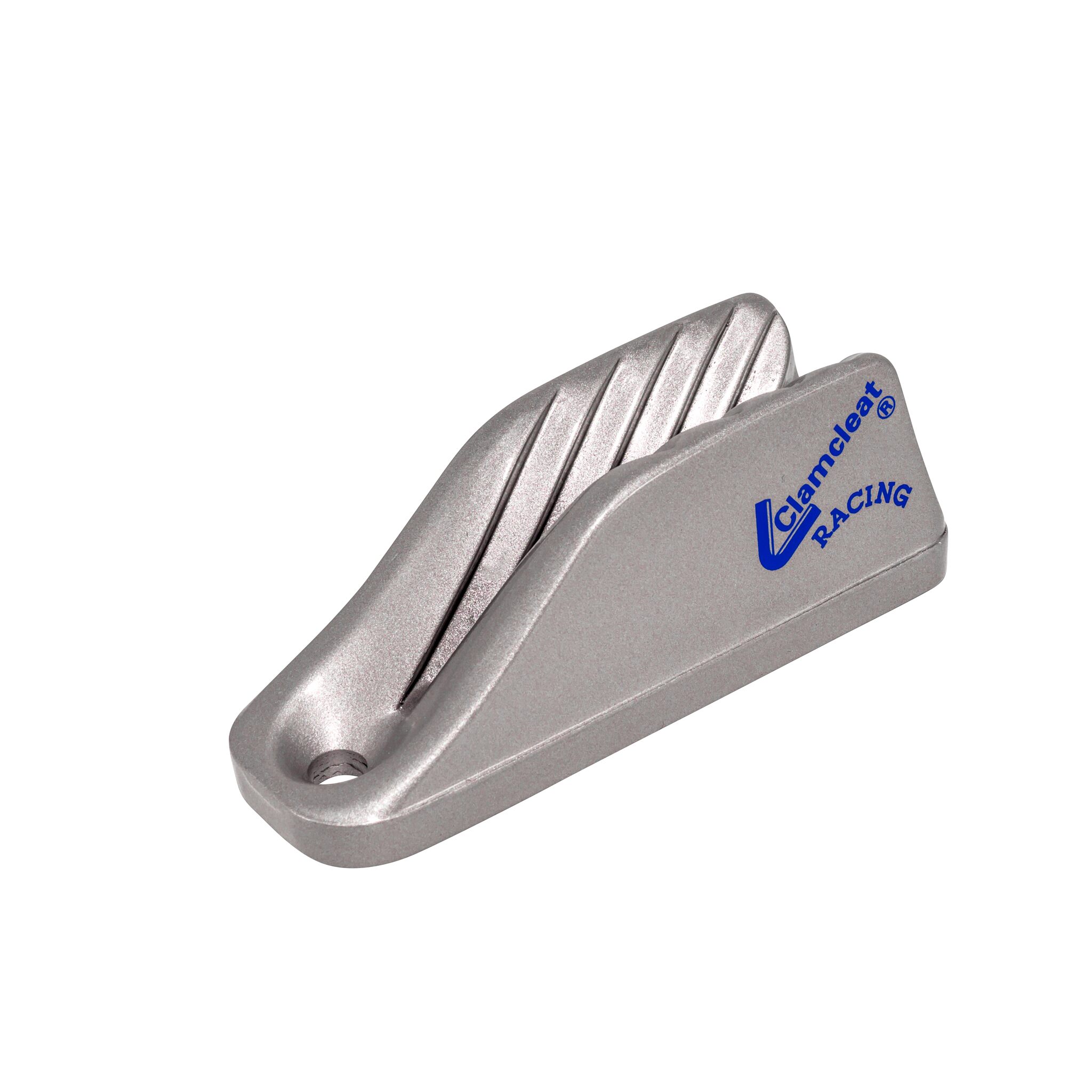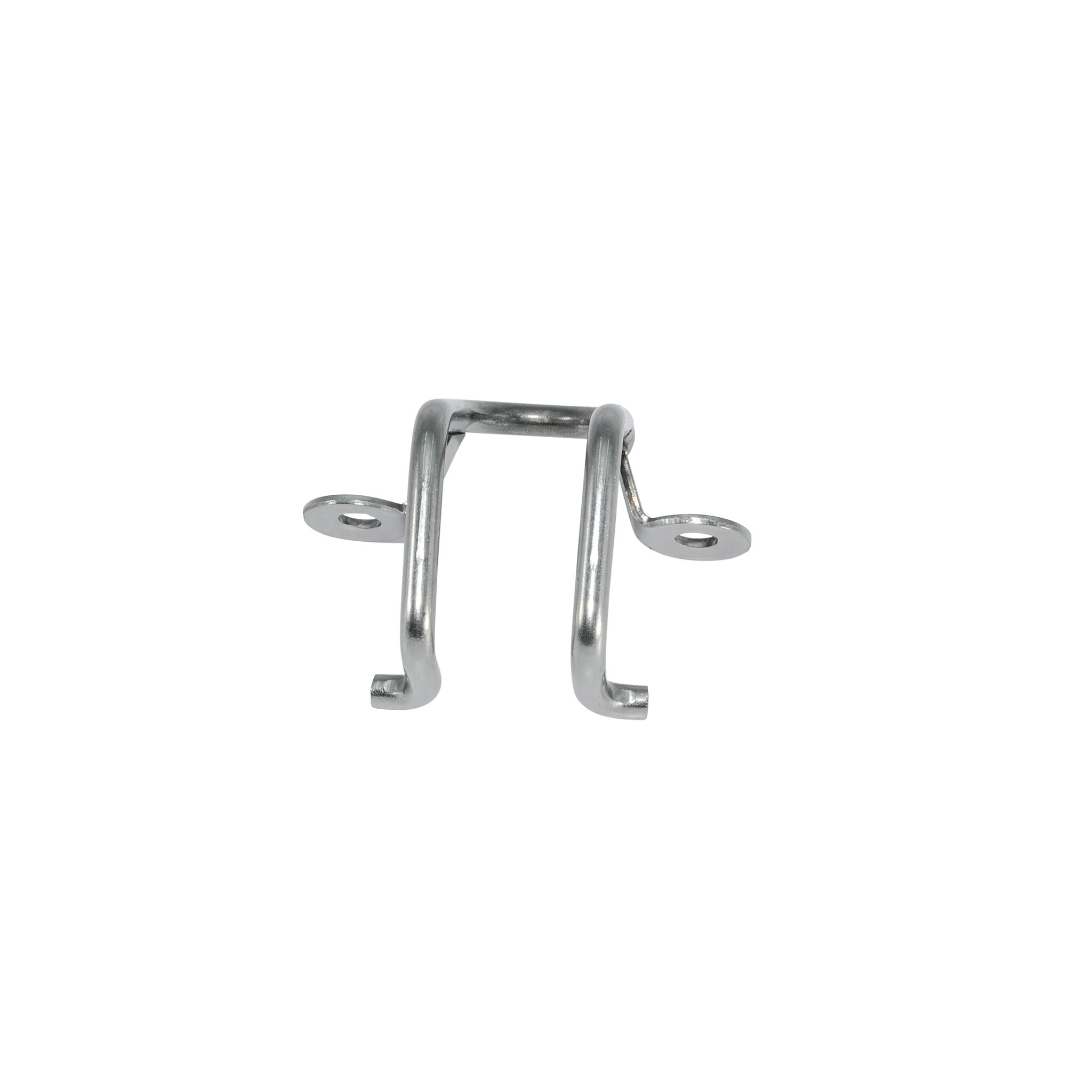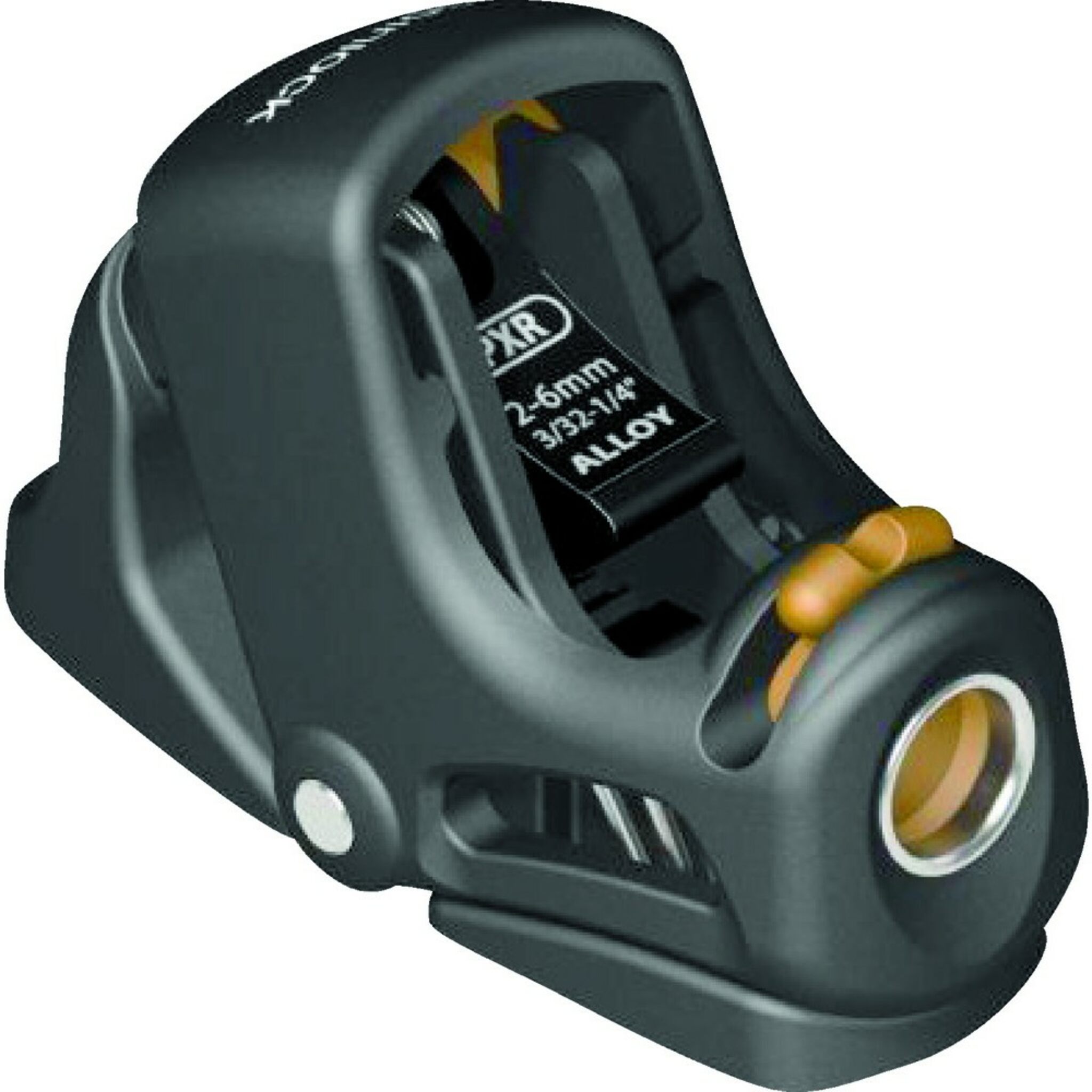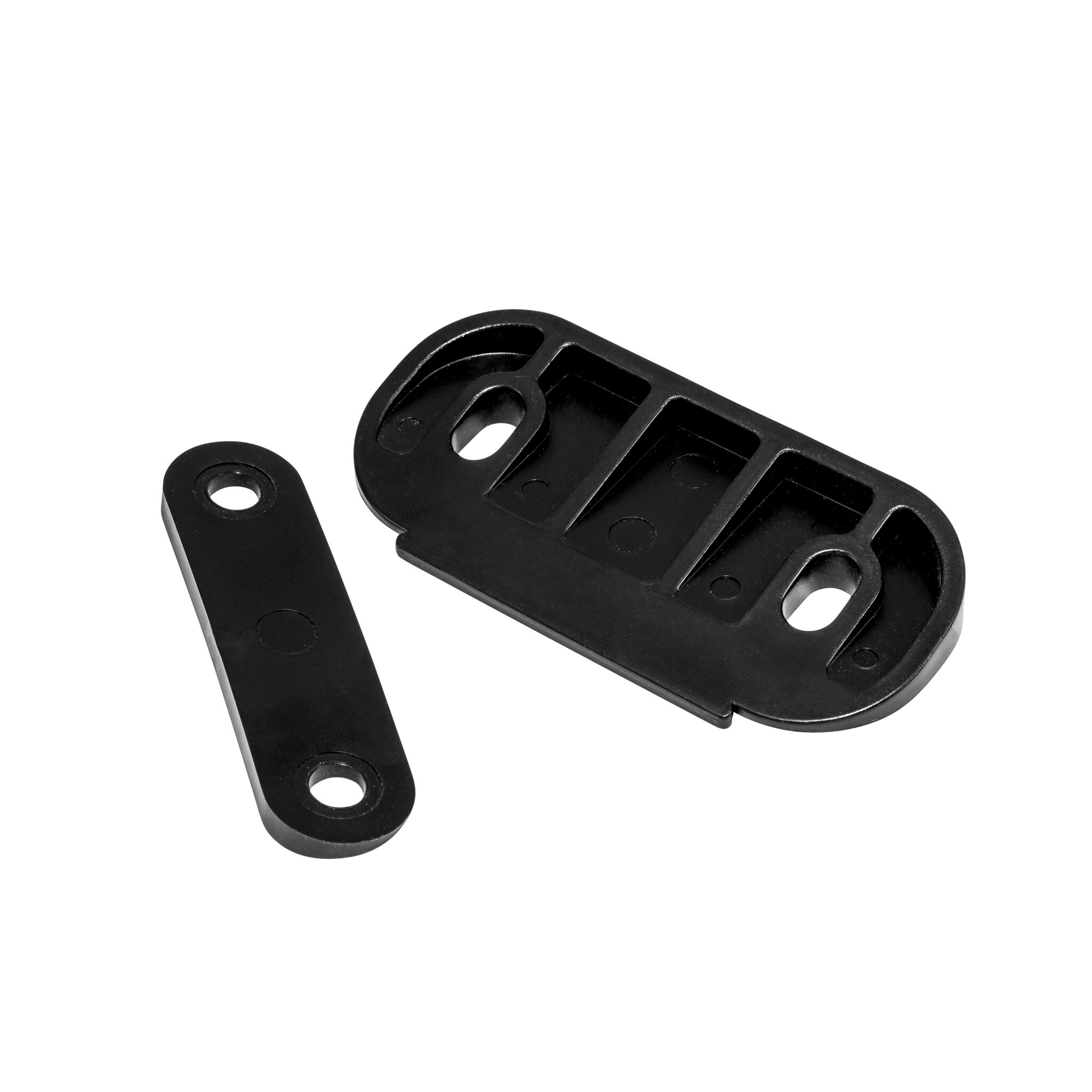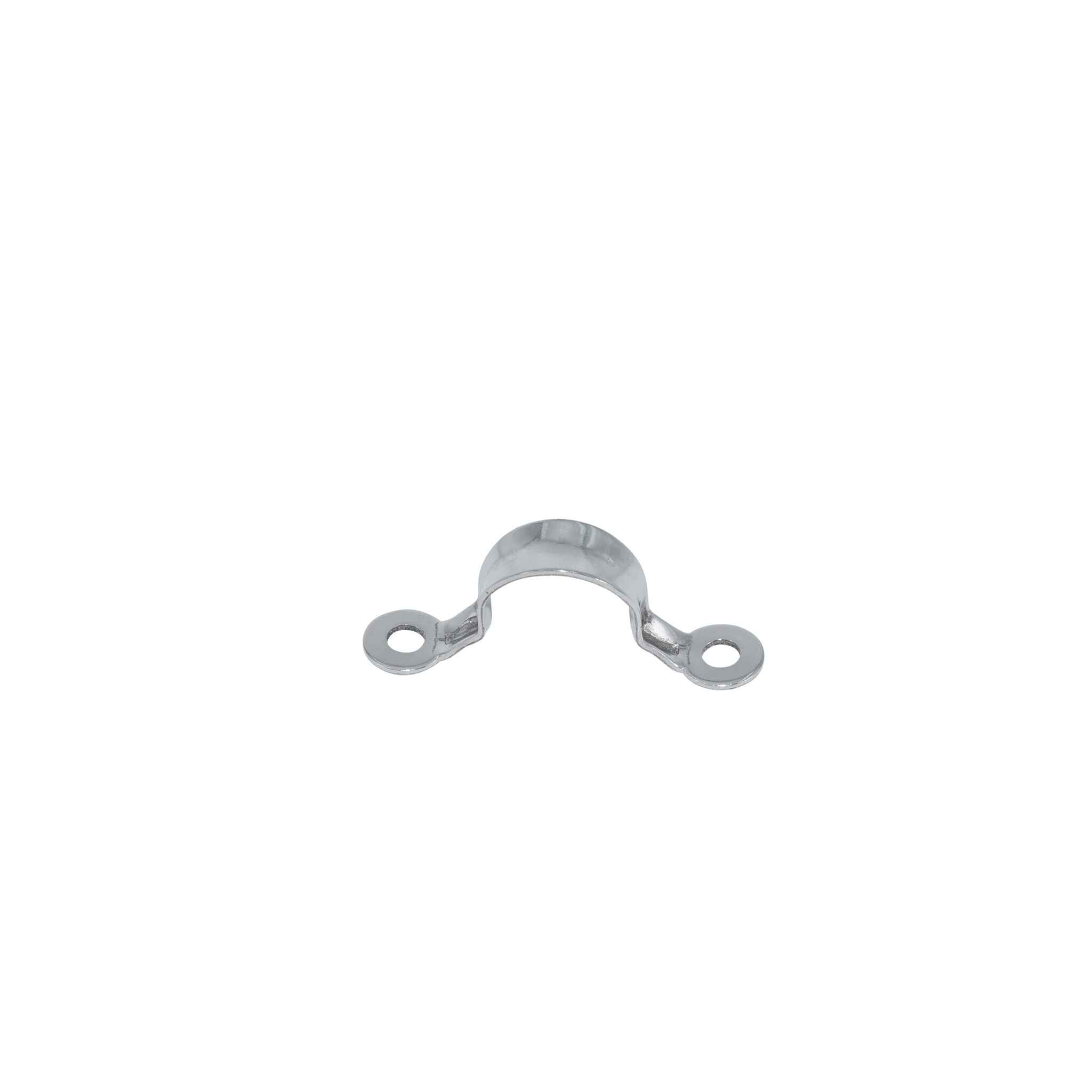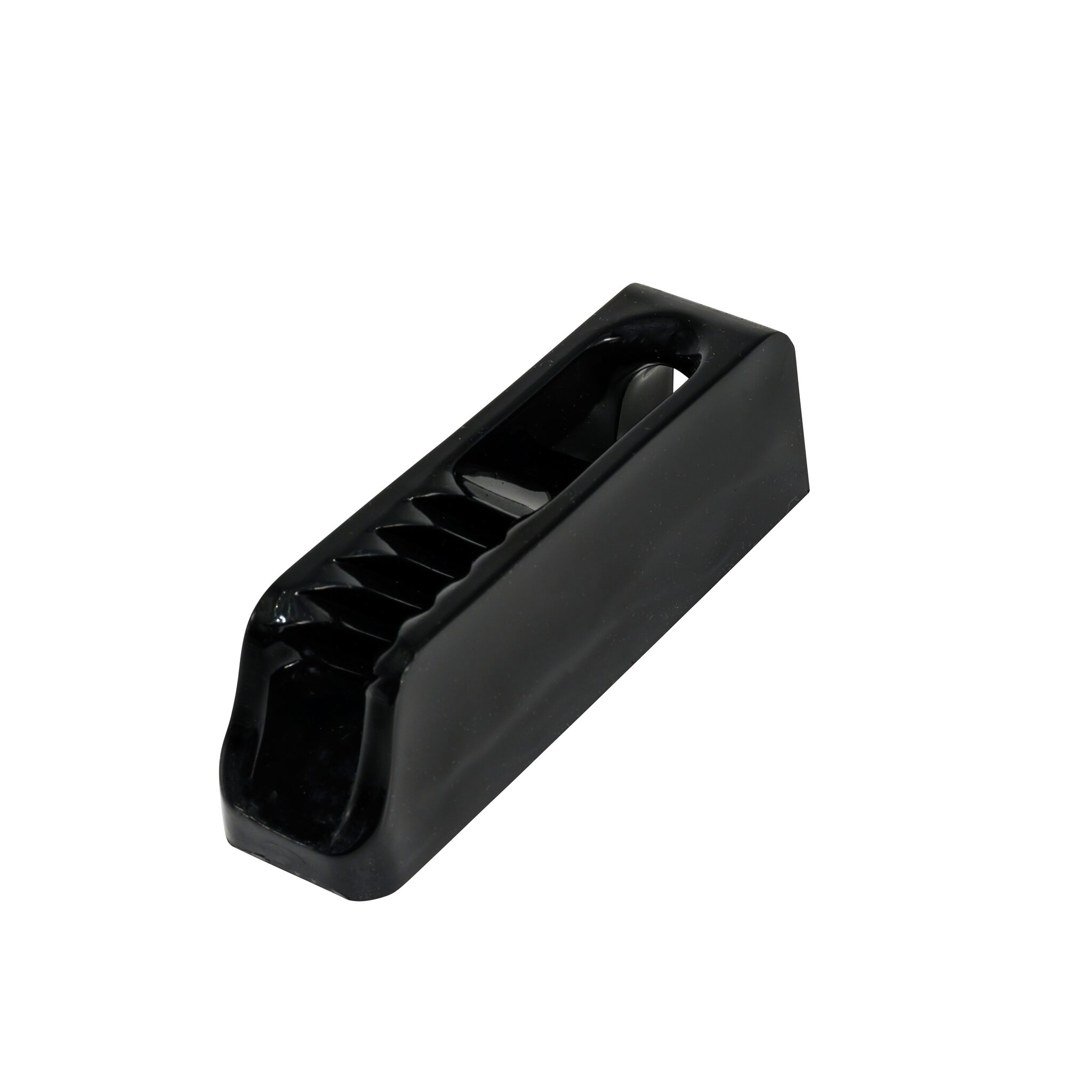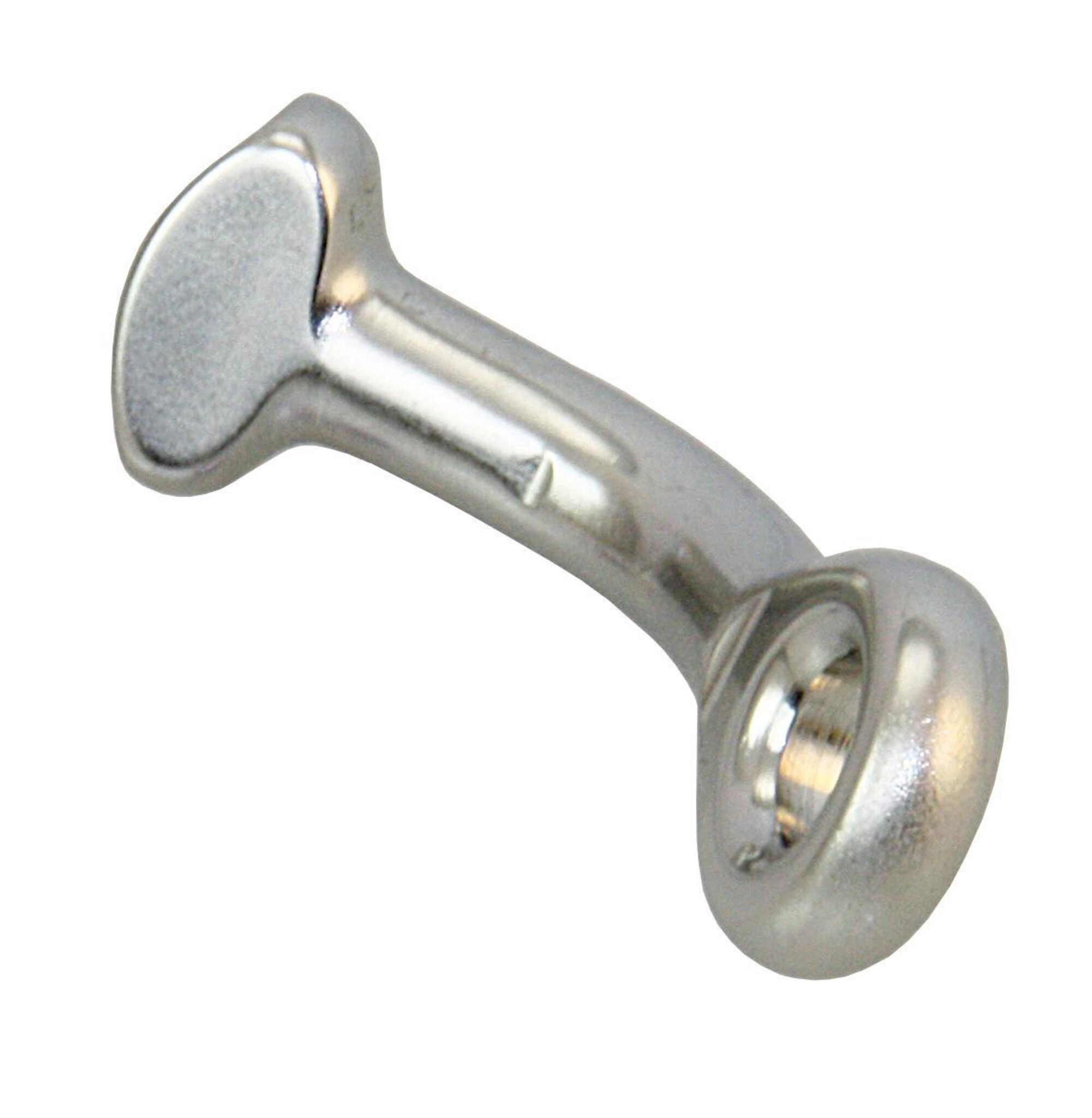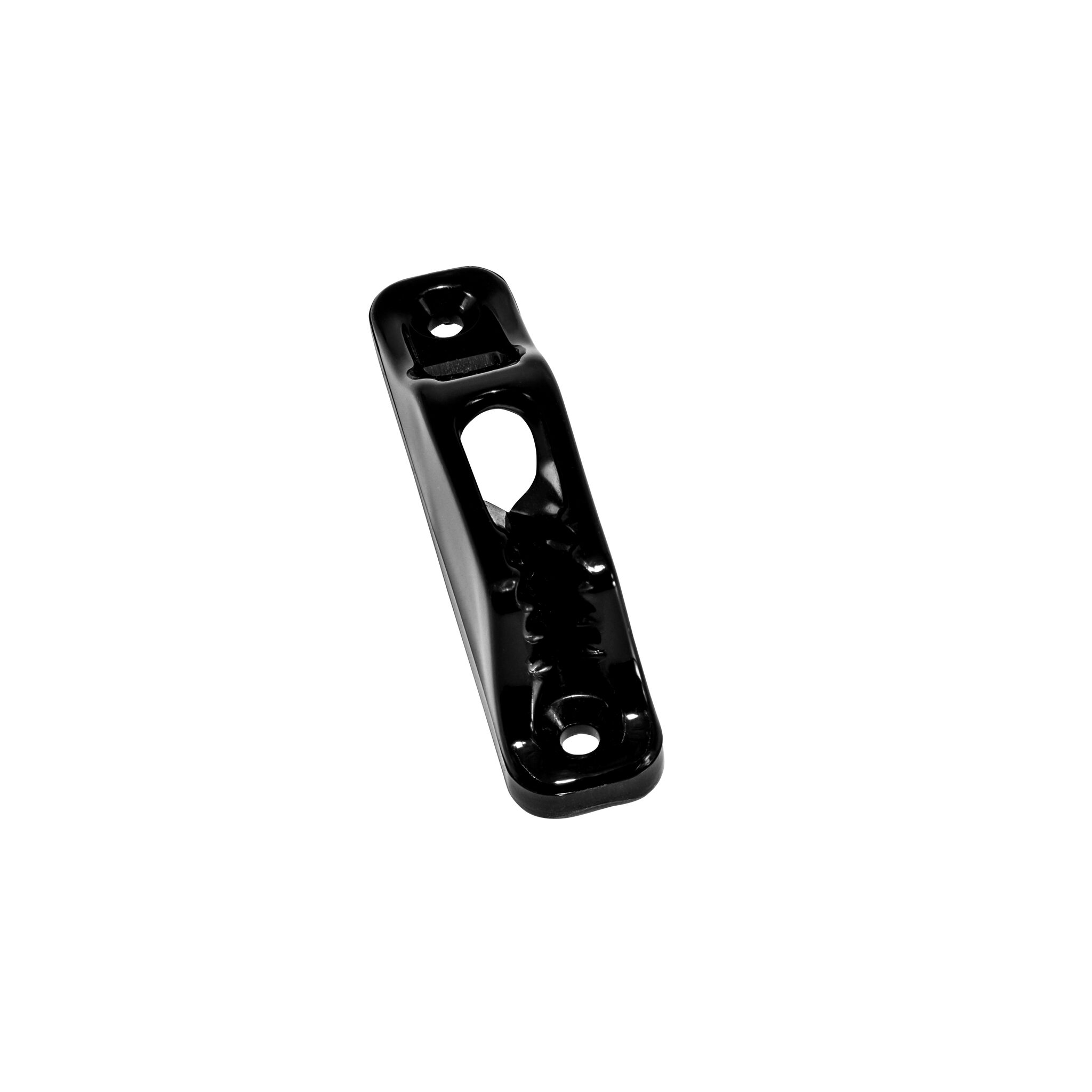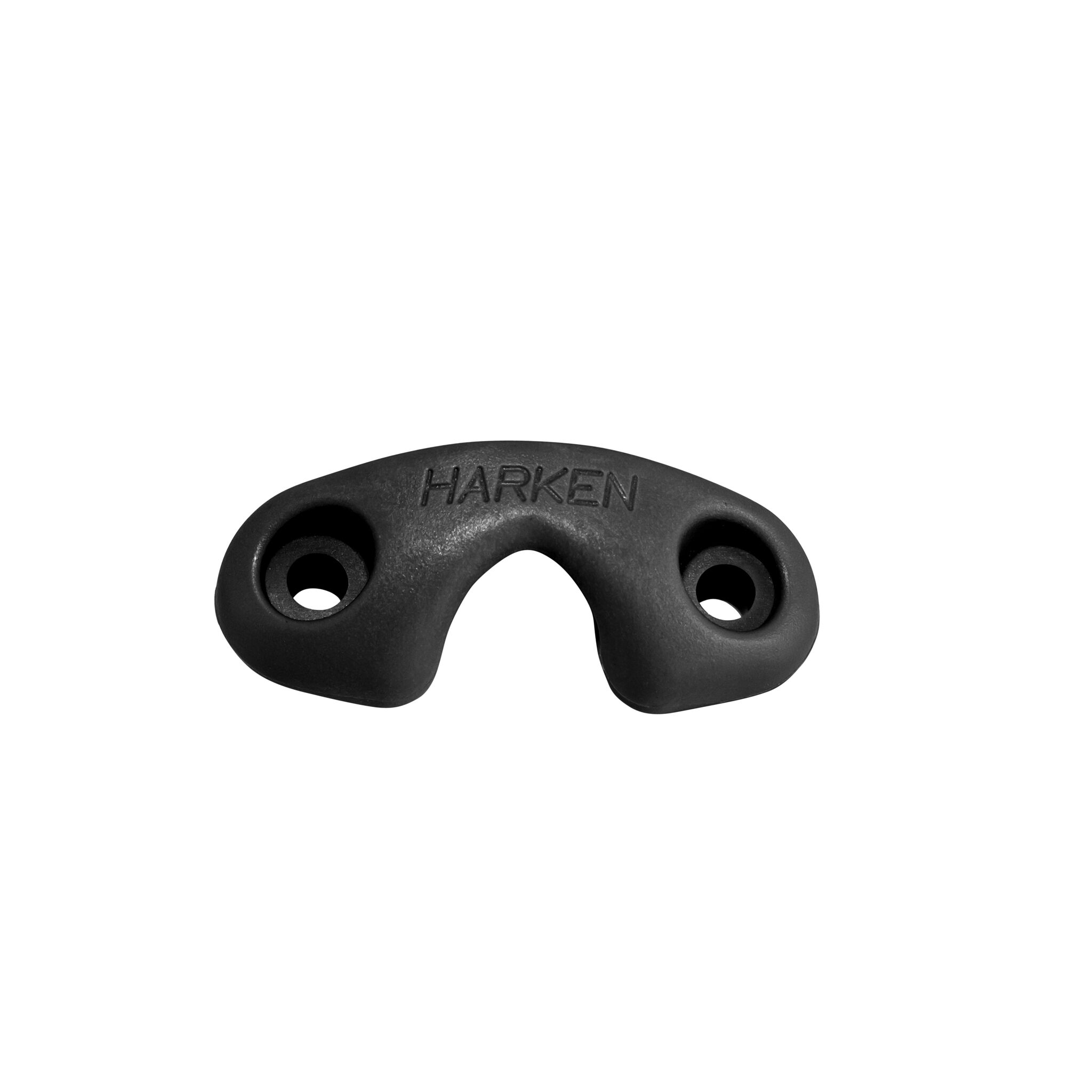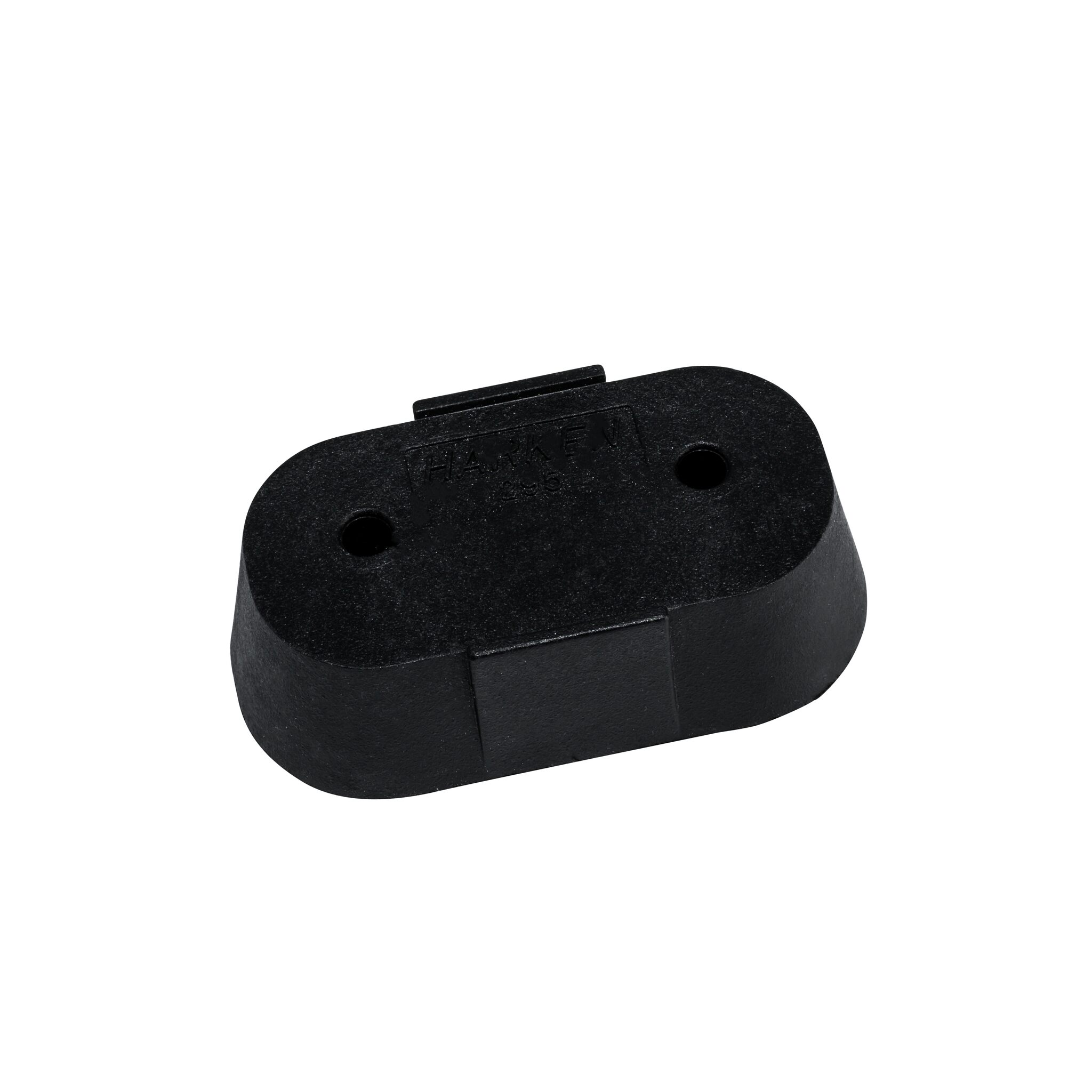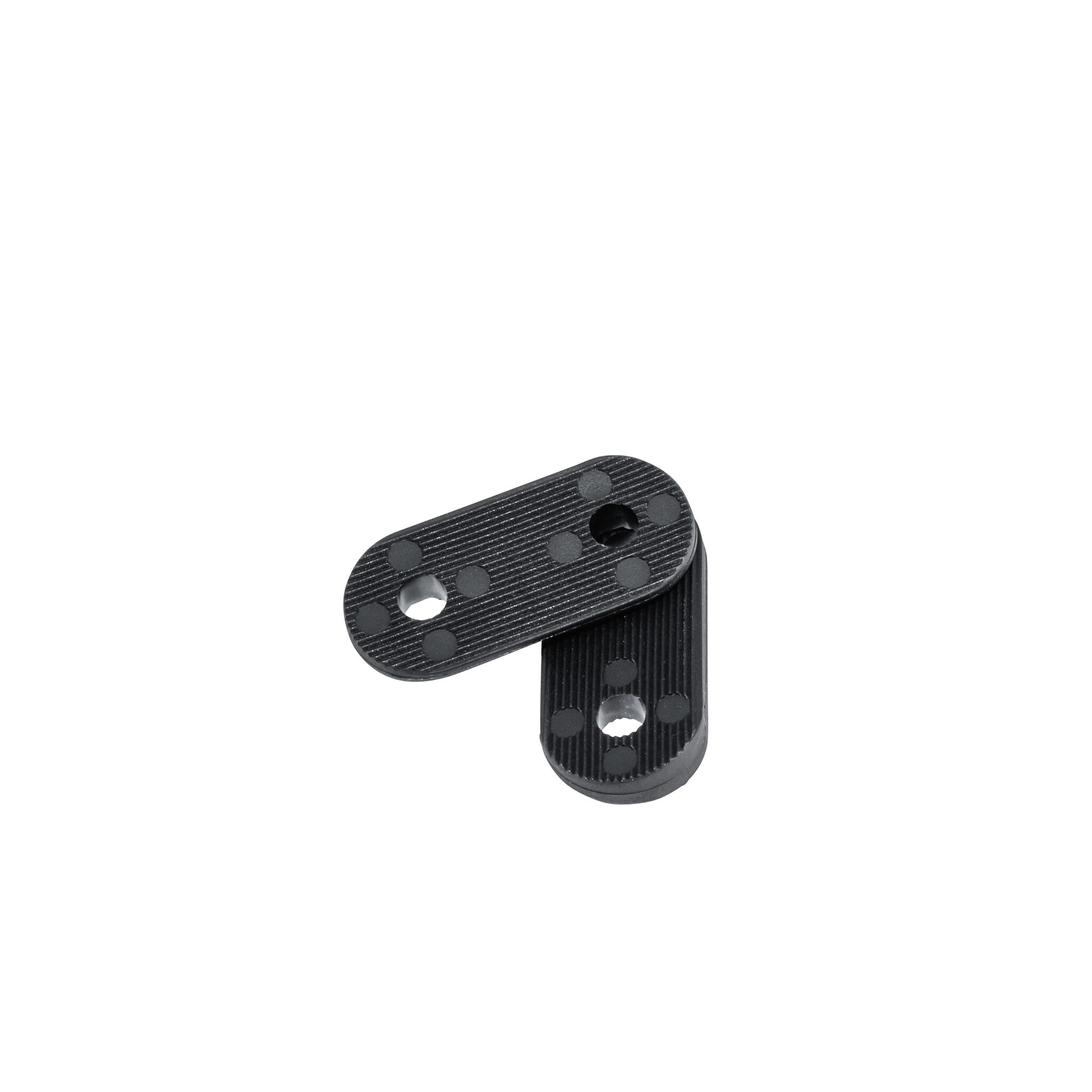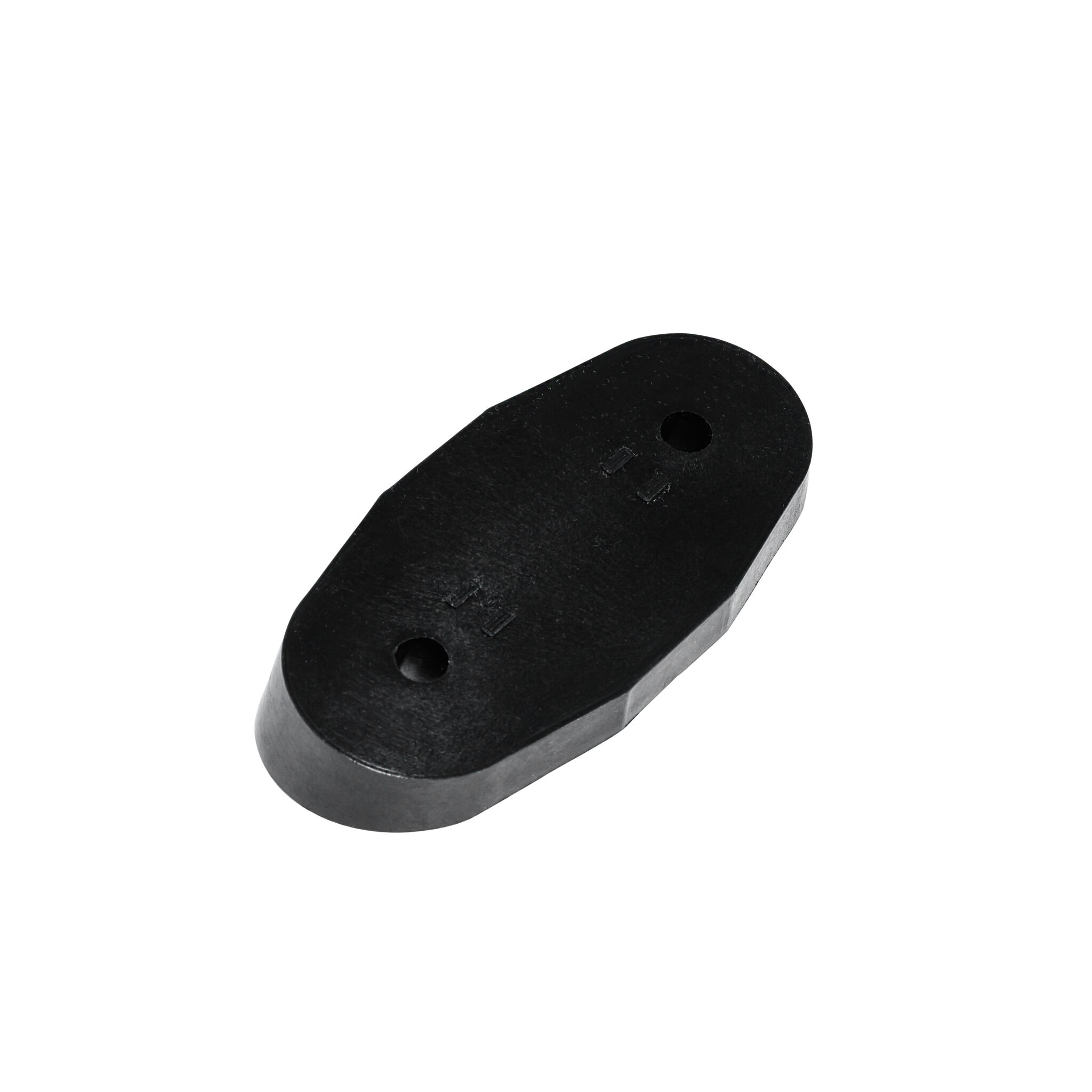Filter
Filter
–
Sold out
Clamcleat rope clamps with bar, long
€12.98*
Hole spacing:
72 mm
|
basic material:
Nylon
Variants from €14.99*
Sold out
A clamp is a fitting which fixes a line, and in contrast to the cleat this also remains easy to adjust. The two most important clamps are the curry clamp and the comb clamp. The curry clamp, named after the Munich sailor Manfred Curry, consists of two movable jaws between which the sheet runs. These two oval jaws are pressed against each other by springs and by means of the grooved profile and the pressure the line is held.Curry clamps are mainly used for sheets or stretchers, more rarely for halyards. There trap stoppers are then used. The advantage of the curry clamp is that it can be easily occupied and fetched tighter, as well as quickly released. The most important manufacturers are Harken (ball bearing), Servo, Sprenger and Allen. Material Alumium or plastic. The comb clamp or also called Clamcleat is a clamp which is mainly used for stretchers. In simple terms, it consists of teeth arranged in a V-shape opposite each other. This V-shaped arrangement pulls the line down into the V and locks it in place. The clamp is also not quite as easy to release as a curry clamp and is only suitable for braided cordage. If the clamp has a guide, it will move again after a short distance if there is tension on a line that has just been loosened. Material: nylon, or aluminum. Aluminum is much more resistant to wear, because the teeth do not wear out so quickly.Comb clamps come in various sizes and varieties, the manufacturer in most cases is Clamcleat. For a correct selection with any type of clamp is always important the line diameter.

